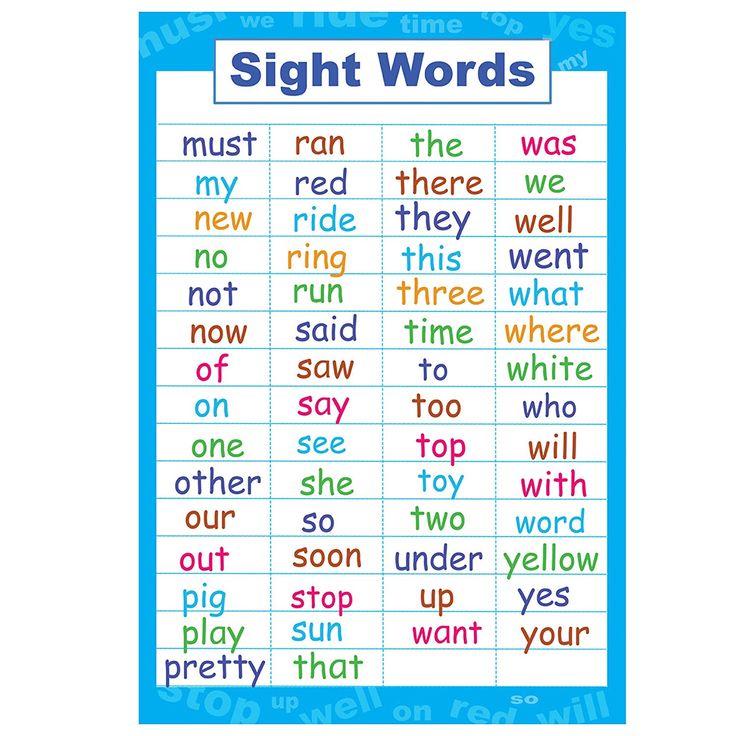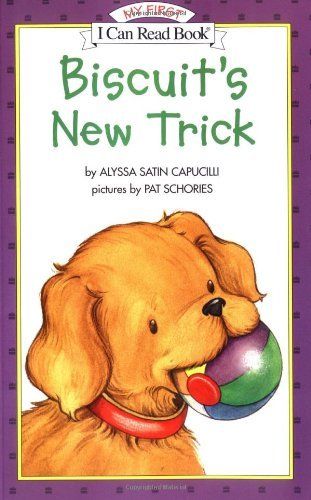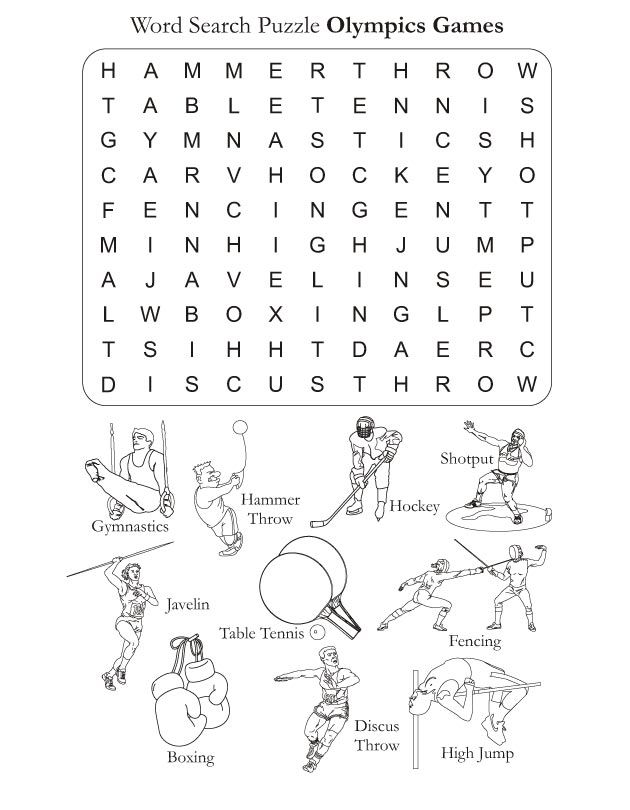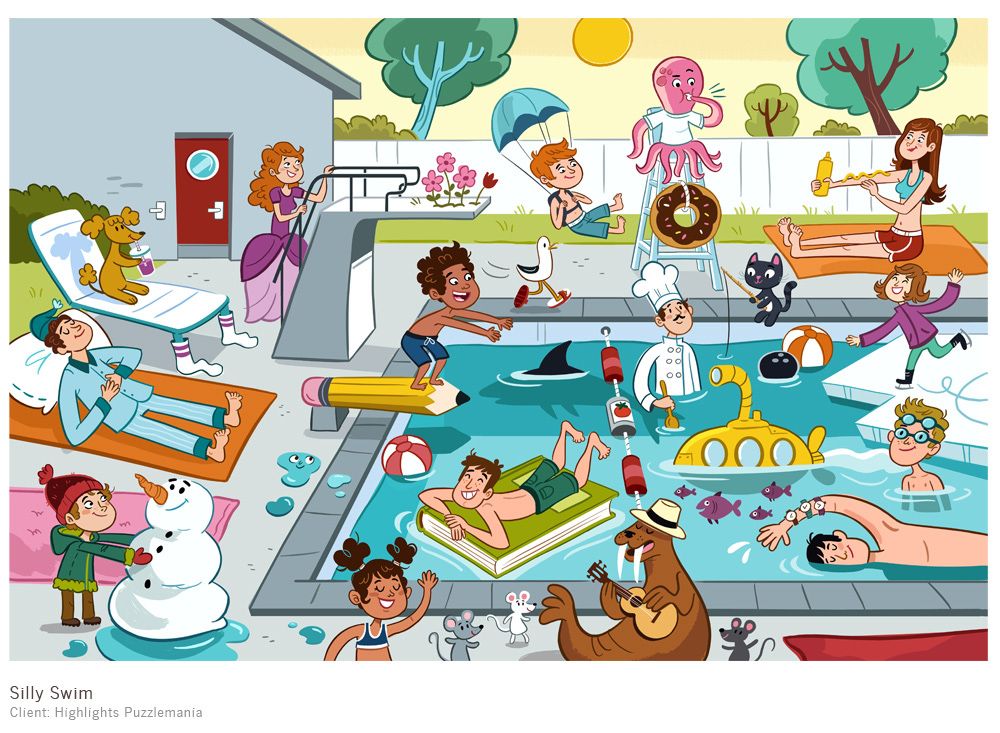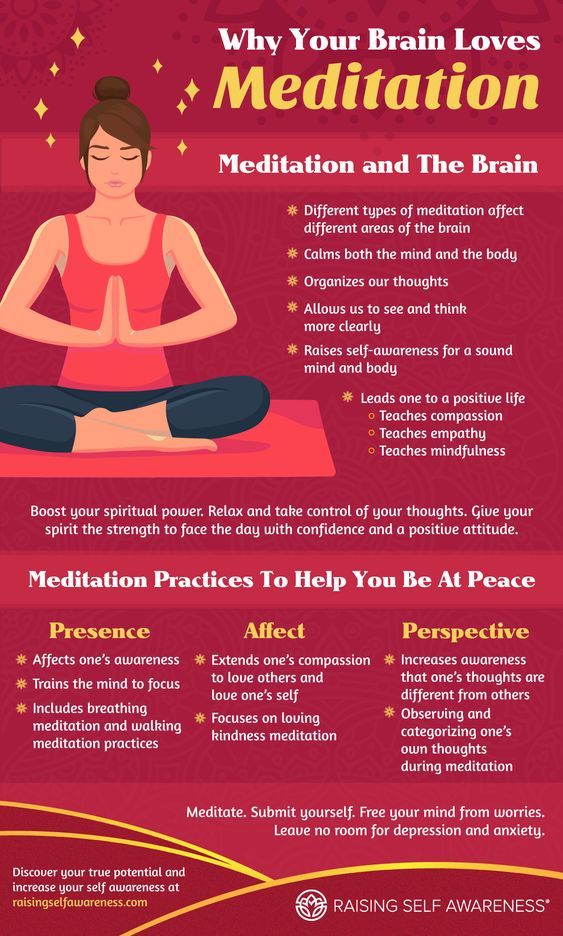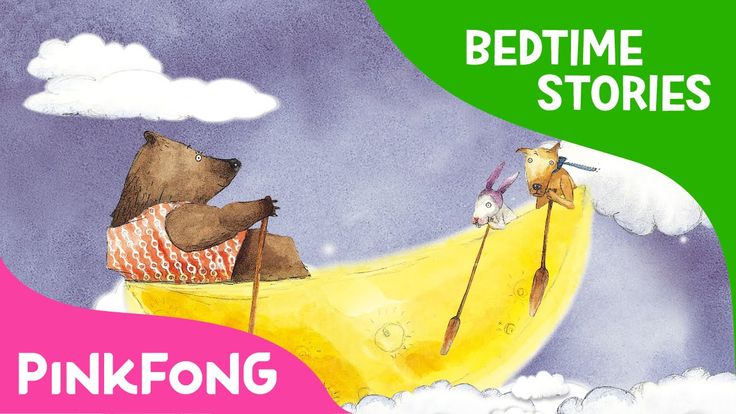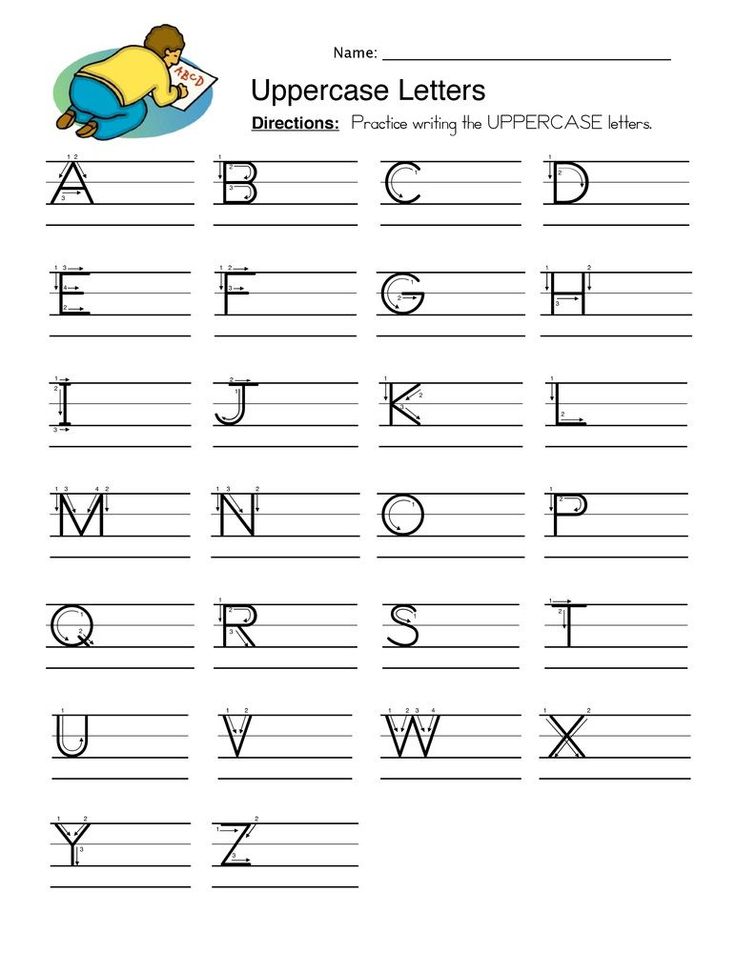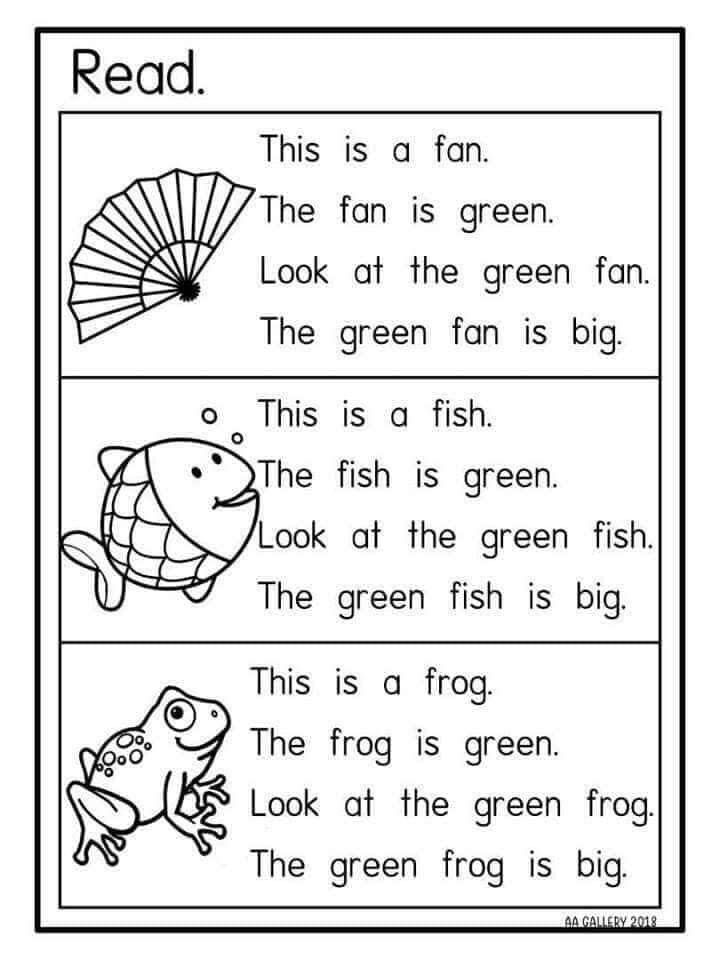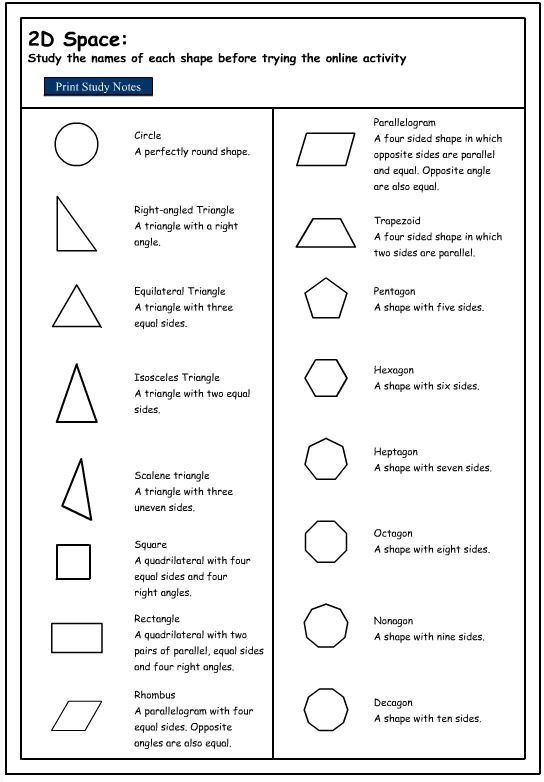Teaching sight words to preschoolers
8 Easy Ways to Teach Sight Words to Preschoolers
Learning sight words is a critical skill for kids to learn how to read!
Teaching children how to learn sight words can be a challenge.
Why?
Because it all comes down to memorization. There is not a way to sound out these words. In case you are unfamiliar, sight words are words like that don’t follow the traditional rules of spelling or can’t be sounded out phonetically. Some examples of sight words are who, does, and come.
To give your preschooler a great jump start to reading, I have come up with 8 EASY ways that you can teach your preschooler sight words!
#1. Start With TWO Letter Sight Words
Does anyone have a toddler that says no to absolutely everything?
You’ll be hearing it all over again when you start teaching sight words because the word “no” is one of the easiest ones to recognize!
When you start out teaching a child sight words, it’s important to start small and build up to longer words. Starting with TWO letter words for them to memorize is going to be a lot easier than FOUR letter words.
Here are some two-letter sight words that you can start with: of, to, is, in, it, he, on, as, at, be, or, by, we, an, do, if, up, so, no, go
Once your little one has mastered the two-letter words, you can move onto three or more letter words!
While some of the words on this list can be sounded out and others can not, I think it’s easier to have your child just memorize the words so they can say it at a glance.
Here is a list of sight words for each age/grade level?
I use the above sight word checklist when I am deciding what new words to teach my daughter!
#2. Choose Sight Words In Your Child’s Favorite Books
I have a quiz for you.
How many sight words can you find in this sentence below from the book, Where the Wild Things Are?
“His mother called him “WILD THING!” and Max said “I’LL EAT YOU UP!” so he was sent to bed without eating anything.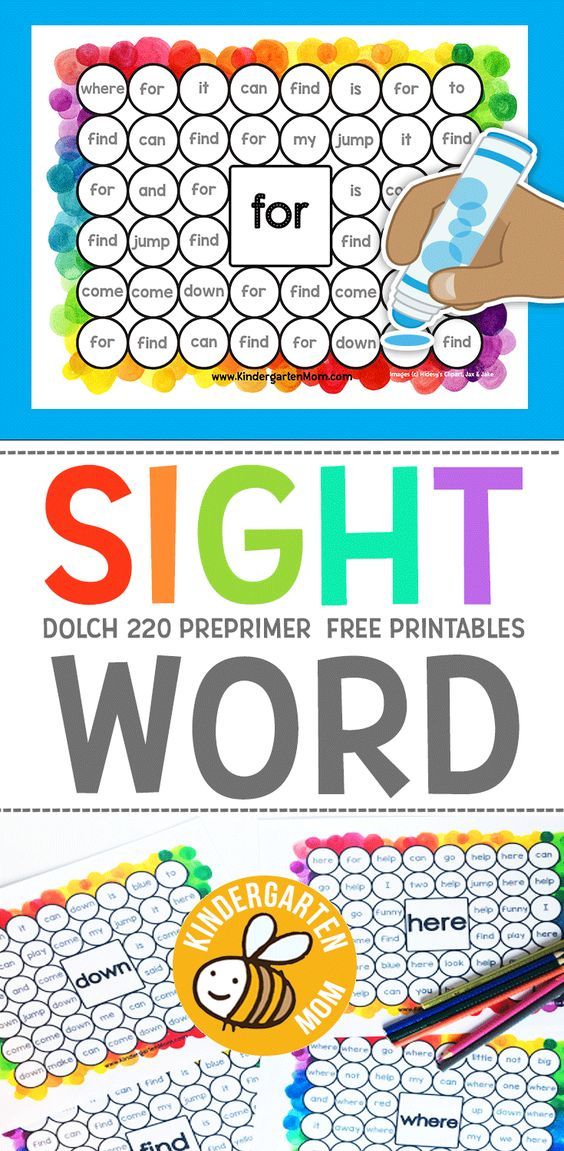 ”
”
I found 12 sight words in that one sentence!
- (his, him, wild, and, said, eat, you, up, so, he, was, to)
Sight words are referred to as high-frequency words because some of them are the most common words in the English language!
When you are reading to a child, and they are starting to learn sight words, make sure to point out the words in their favorite books. They will be more interested in learning the sight words if it’s in a context they enjoy! We have a subscription to Highlights Magazine, and my daughter loves pointing out which words she recognizes.
Your kids will feel so proud when they can read a few words in their favorite stories. It will encourage them to want to learn more!
#3. Practice Daily
Just like teaching your kids the alphabet, numbers, and shapes, it takes repetition for them to understand the material!
At least a few minutes of work on sight words each day will help them immensely when it comes to memorizing sight words.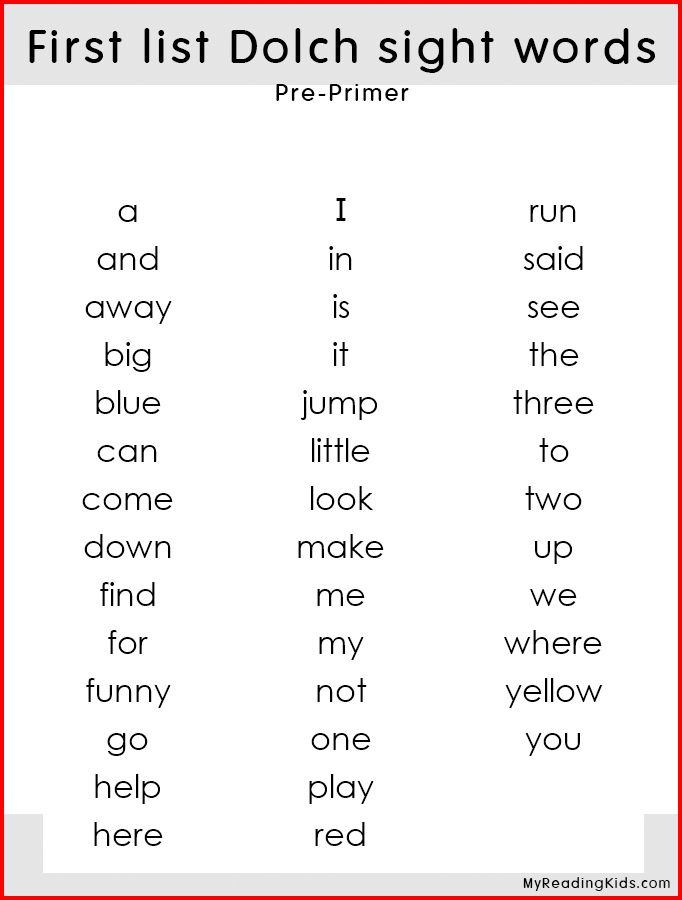
Here is what works best for my daughter:
I write the sight words that we have previously learned on a small dry erase board, which I limit to about 25 max.
Check Amazon's Price
We take some time and review those words plus add one or two new words depending on how well she does during the review.
Check out this short video of how I review the sight words with my daughter!
To ensure that she remembers the sight words we learned, I make sure to include ones that we learned in the past.
Tip#4: Make Reading Fun!
If I just focused on the above activity over and over again, I think I would struggle badly getting my kids to learn how to read.
It’s essential to come up with EXCITING ways to teach your kids how to read!
Here are FOUR ways to make learning sight words engaging!
Activity #1. Shaving Cream Sight Words
Shaving cream is such an amazing sensory activity! Your kids will be so excited to use shaving cream for a learning activity, it won’t even feel like they are learning!
I use men’s foaming shaving cream because I think it works the best! But other types can be used as well.
How to do this activity:
1. Spray foam shaving cream on an art tray.
2. Spread it out so the shaving cream is all over the tray!
3. Write a sight word that you are working on in the shaving cream and ask your child if they know what it is.
4. Repeat this process over and over again! Let your child erase the words so they get a chance to play in the shaving cream!
Activity #2.
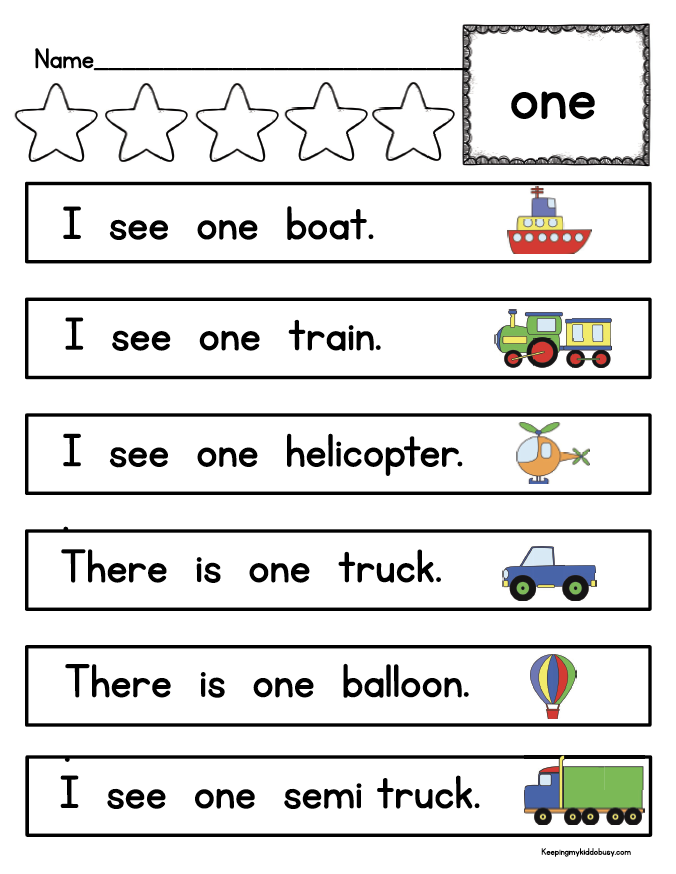 Do-A-Dot Painting Activity
Do-A-Dot Painting Activity
Do-A-Dot painters are one of my MUST-HAVE supplies to have on hand at your house.
They are so much fun to play with and they are pretty much MESS FREE! Can’t beat that right?
Do-A-Dot markers can be used for so many fun and learning activities. This specific activity was great because it worked recognizing a specific sight word while getting to paint!
GRAB YOUR FREE Pre-K Sight Word Do-A-Dot WORKSHEETS HERE!
(Each grade level coming soon!)
Check Price - Amazon
Want to check out my other MUST-HAVE Supplies? Take a look at my list HERE!
Activity#3. Play Sight Word Games
My new thing is trying to turn games into a learning activity!
My kids love to play board games, so why not add a little bit of learning into the mix while getting to play?
How to do this activity:
1. Materials you need- Don’t Break the Ice Game, dot stickers, and a marker.
Materials you need- Don’t Break the Ice Game, dot stickers, and a marker.
Check Amazon's Price
2. On white dot stickers, write some sight words that you are working on with your little one. I wrote one that my daughter already knew so she could play the game and be successful!
3. Explain to your kids that they have to tap lightly on the ice with the hammer instead of trying to hit it as hard as they can because a lot falls at once that way. Tell them they can play the regular way after you practice the sight words. 🙂
4. Ask them to find a specific word and tap on it with the hammer or they can tap on a word of their choice and tell you what it says!
5. After they say or find all the words, then you can play the normal way!
Activity #4. FUN Worksheets
My daughter loves to color, so I created this Popsicle themed Color by Sight Word Worksheet for her to do.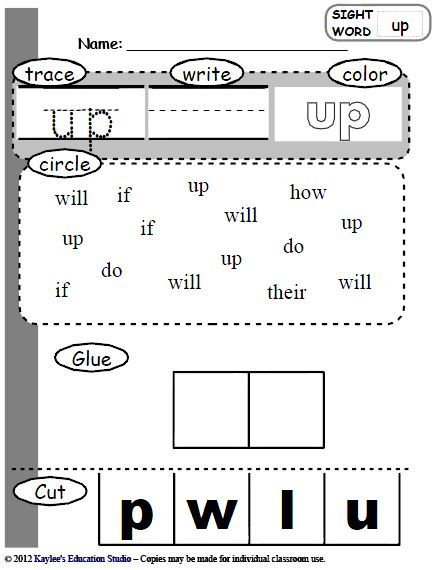
Here are some excellent workbooks available on Amazon that have activities ready to go!
- 100 Write and Learn Sight Word Practice Pages
- Wipe Clean: Learning Sight Words
- The Best Sight Word Book Ever!
Don’t want to buy an entire workbook? I am constantly working on new FREE resources to make available for you.
Click here to grab your FREE Popsicle Color by Sight Word WORKSHEET!
Also, take a look at the other FREE RESOURCES that I have while you are there!
#5. Build Sentences with Sight Words
Building sentences using sight words is a GREAT way to show your child how the specific word is used in real life.
You can do this by verbally saying sentences or you can also do it in an interactive way.
We have a bunch of Thomas the Train, train tracks at home, so I thought it would be fun to work on sentence building with sight words with them!
How to do this activity:
1.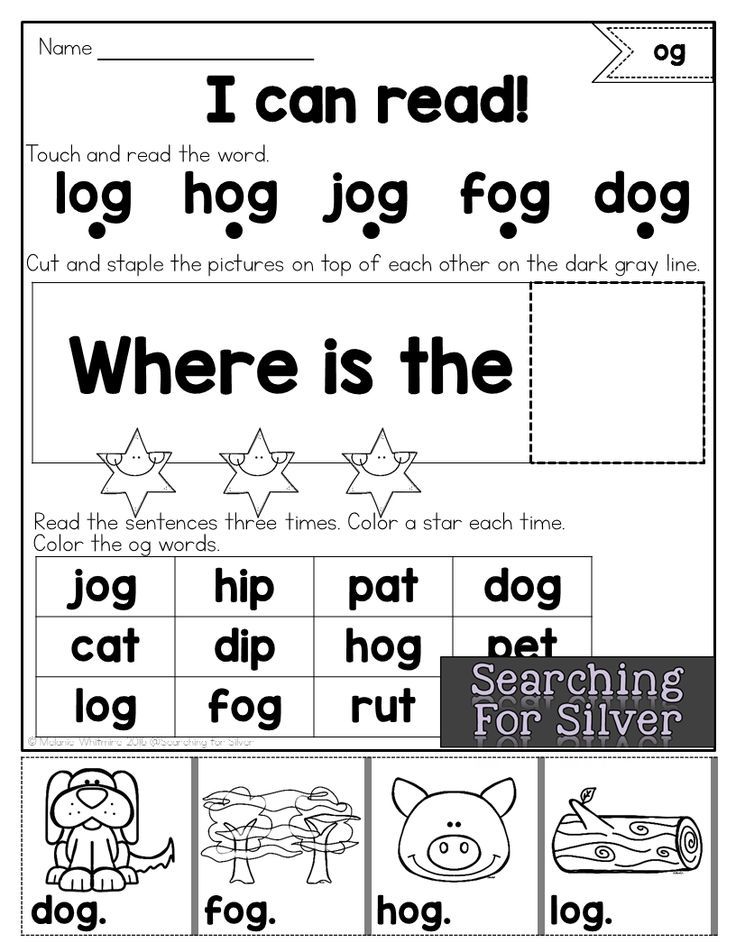 Materials you need- Thomas the Train tracks, labels, and a marker.
Materials you need- Thomas the Train tracks, labels, and a marker.
View/ Check Amazons Price
2. On labels, write some sight words that make sense in a sentence that you kids know or you want them to learn!
3. Spread them all apart so they have to work on building the sentence so it makes sense. They will have to read each word then create the sentence!
#6. Add A New Word Each Day
Once your child can recognize words, you can start introducing at least one new sight word each day. In the beginning, you want to start slow.
Since sight words are based on memorization, that’s why learning one word a day is perfect for this age level.
While you should introduce one new word a day, remember to review past sight words that you practiced with them before. It’s crucial to go over these sight words so they won’t forget them.
Remember they are still preschoolers, repetition is key!
#7.
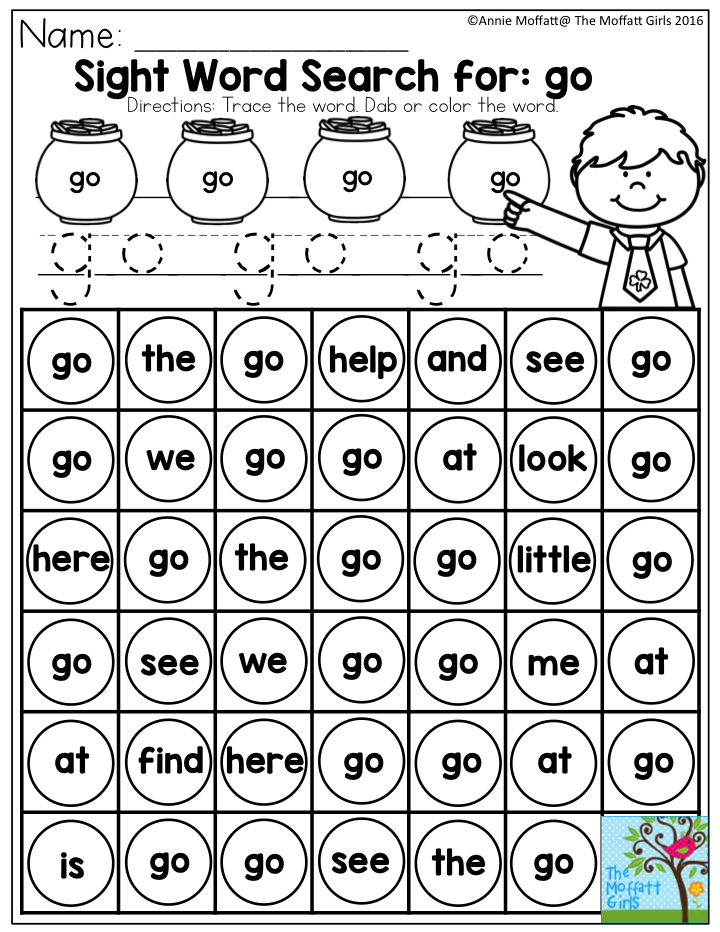 Stay Positive!
Stay Positive!
You never want to rush the learning process.
Forcing preschoolers to sit and complete work when they are not ready may cause the child to think negatively about learning.
You want your child to be EXCITED to learn.
Don’t get frustrated if they don’t catch on right away or if it takes them a few days to master a word. It will happen with time, and they will feel successful if you encourage them!
There are times that my daughter can just not grasp on to a word.
For example, she had trouble memorizing the word “find.” I asked her every day for TWO weeks about this word, and she still wasn’t getting it. I decided I was going to take a break and come back to it later. I introduced the word to her again after about a month, and now she has no problem with it!
As parents, we have to be patient with our children while they are learning.
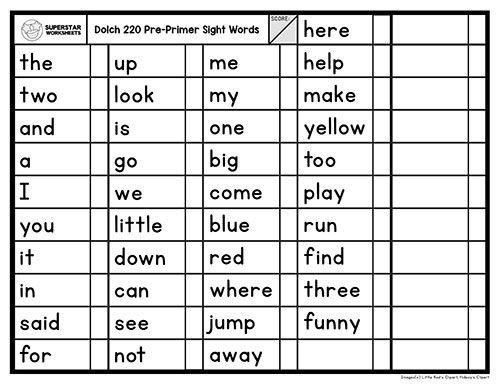
We are supposed to be their biggest cheerleaders! Tell your child how proud you are when they learn a new word. They will feel your excitement and, in return, be more excited to keep on learning new material!
#8. Join An Online Learning Program
One great website that works on early reading skills is Kickstart Reading.
Kickstart Reading– This is such a fantastic reading program! I also have a promo code that you can use to get some money off of your subscription! You will receive a FOREVER plan for $39.00(normally $57.00). This is a program that focuses solely on reading, which I think is better than anything else out there. Your little ones will learn about phonetics, sight words, vowel sounds, digraphs and MORE!
PROMO CODE: ABCDEE
Here is a short demonstration of just one of the segments included on Kickstart Reading.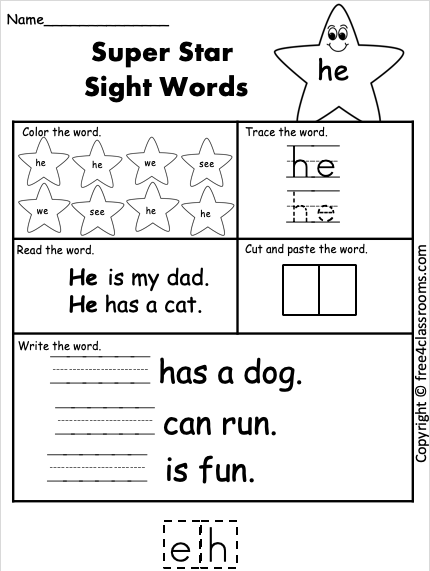 This is my 5-year-old daughter working on word blends.
This is my 5-year-old daughter working on word blends.
Final Thoughts and Conclusion
Deciding when to start your preschooler’s journey into reading is a fun but challenging adventure!
It’s important to start slow, begin with two letter sight words, and stay positive with them! Try to mix up the activities that you do with them to learn sight words to keep them engaged and excited to learn!
I would love to help you on your journey to teaching your preschooler sight words. Whether you need some creative ideas or you need more helpful suggestions, please leave a comment below.
If you have any great ideas that you would like to share as well on what helped you teach sight words to a preschooler, please share them with us!
How to Teach Sight Words
Tips for Teaching Sight Words in Pre-K and Kindergarten
Sight Words
What are sight words?
Sight words are words that are immediately recognizable and do not need to be decoded.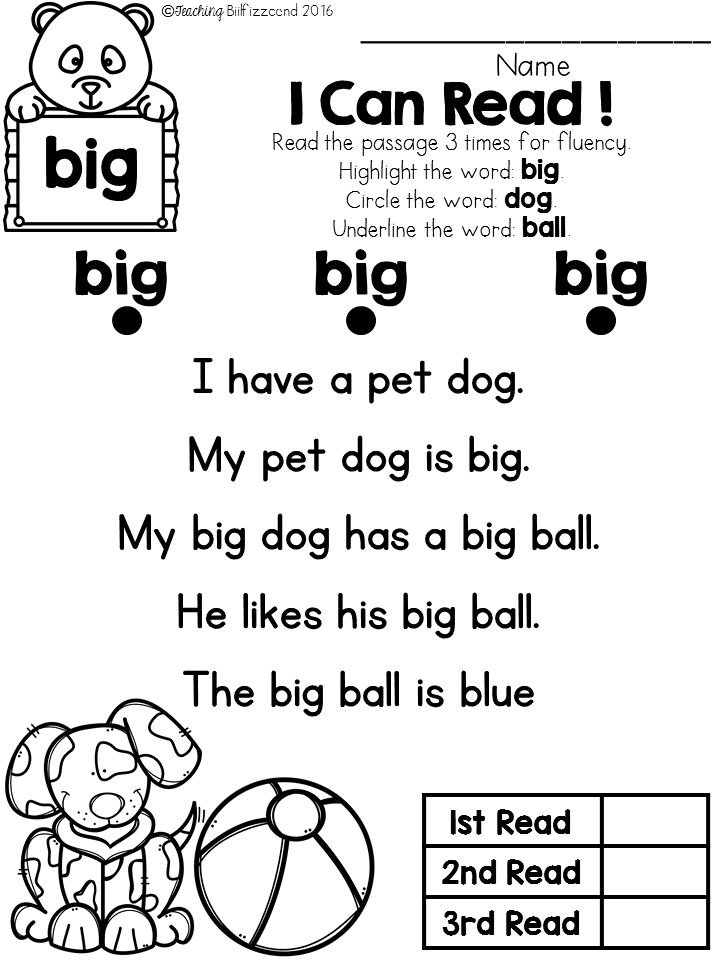 Some examples of sight words are come, does, or who that don’t follow the rules of spelling. These words need to be memorized because decoding them is difficult.
Some examples of sight words are come, does, or who that don’t follow the rules of spelling. These words need to be memorized because decoding them is difficult.
When teaching reading to youngsters, it helps for them to have these sight words memorized because these are common words they will come across frequently.
Sight Word Facts:
- Sight words are the most frequently used words in the English language. These are considered high frequency words.
- Sight words make up about 50% of any written text.
- Students will be able to read more fluently if they have learned to recognize sight words instantly.
Heidi Songs Sing and Spell vols. 1-5
One of the most important things to remember when teaching sight words is to make it both fun and memorable; HeidiSongs Sing and Spell the Sight Words DVDs offer a unique way to do just that. Heidi has a song for every sight word and each song is so catchy your kids will beg to sing them again and again. What makes Heidisongs unique is the multi-sensory aspect. Each song features movements that the students make with their bodies as they sing the songs. This method works well because it incorporates the different learning styles. When children are seeing, hearing, saying, and moving they are more likely to remember.
What makes Heidisongs unique is the multi-sensory aspect. Each song features movements that the students make with their bodies as they sing the songs. This method works well because it incorporates the different learning styles. When children are seeing, hearing, saying, and moving they are more likely to remember.
I have had such great success using HeidiSongs with my classes I can hardly believe it. The parents could hardly believe it either, their children were learning the sight words so quickly and were singing the songs non-stop day and night. Many parents asked for the lyrics to the songs so they could help their children practice the words at home.
Heidi Songs was such a big hit I decided to incorporate the songs into our homework routine to spice it up. Using flashcards, the students sing the corresponding HeidiSongs each night to their parents. I also incorporated Heidisongs into my Rainbow Words program (see pictures and explanation below).
Rainbow Sight Words
Rainbow Words is a unique combination of a sight word motivational tool, an organizational system, and a tracking system all rolled into one. It is difficult to remember which words each student knows. I use assessment checklists but it is time consuming to go around the room and look at the list, then figure out what each student needs to be doing. Rainbow Words is a fantastic solution to this problem.
It is difficult to remember which words each student knows. I use assessment checklists but it is time consuming to go around the room and look at the list, then figure out what each student needs to be doing. Rainbow Words is a fantastic solution to this problem.
Basically, it’s a large rainbow you place on your wall, each color of the rainbow is assigned certain words that stick on the rainbow with Velcro. Their words follow a certain sequence that our district does not so I just re-arranged the words on the rainbow to suit my needs. You don’t even have to use their words, you can make your own and stick them on the rainbow. I color coded all of my sight word cards to match the words on the rainbow.
Now during word work time each student has their own ring of color coded sight word cards (see picture below) and I know that they are working on the words that they should be. It’s also easy enough for the kids to follow too, they always know which color they are working on.
Rainbow Sight Word Cards
I purchased the matching colored baskets at Really Good Stuff
The motivational aspect of Rainbow Words is another great feature.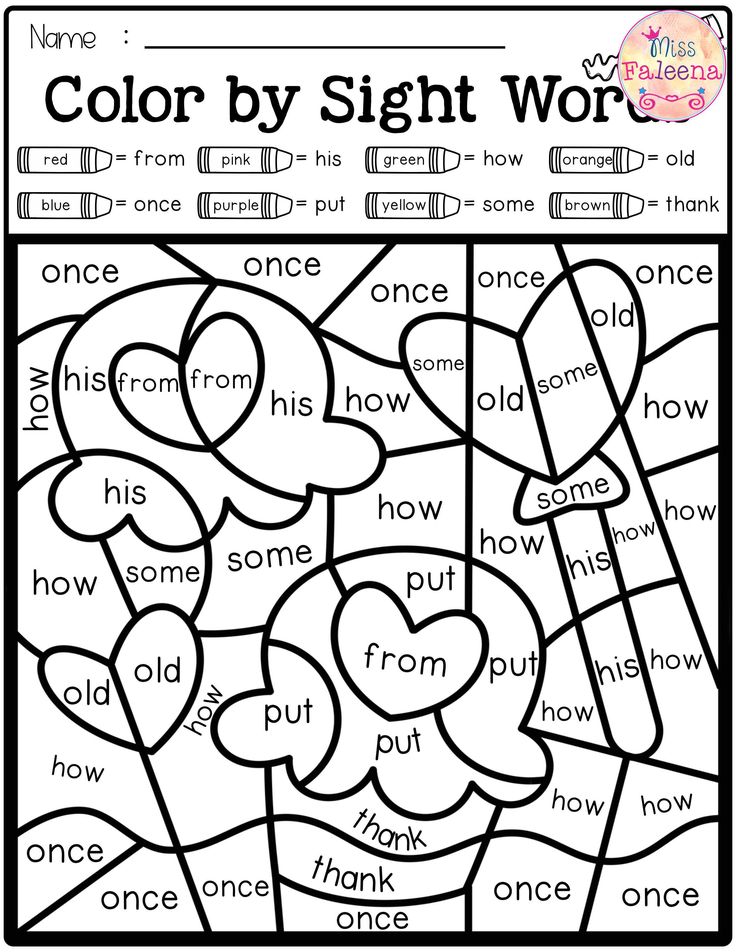 The students start out at the bottom of the rainbow on purple with words like “I”. They are highly motivated to move up the rainbow to the next level and so on. Each time they reach their goal and learn all the words of one color they get a certificate of achievement in that matching color. There is also a cloud and raindrop bulletin board motivational system you can create.
The students start out at the bottom of the rainbow on purple with words like “I”. They are highly motivated to move up the rainbow to the next level and so on. Each time they reach their goal and learn all the words of one color they get a certificate of achievement in that matching color. There is also a cloud and raindrop bulletin board motivational system you can create.
Sight Word Resources
Disclosure: Pre-K Pages is a participating member of the Amazon Services LLC Associates Program.
More Literacy Resources from Pre-K Pages
Open Education: Schools and Kindergartens for Visually Impaired Children / Un Certain Regard
Listen to PublicationTyphlocommentary: Bright sunlight floods an empty classroom: blackboard, desks and chairs.
Choosing an educational institution for a blind or visually impaired child is a responsible task that requires a conscious approach. Along with studying in specialized institutions, visually impaired students have the opportunity to follow the path of inclusive education - to study with children who see differently in ordinary kindergartens and general education schools.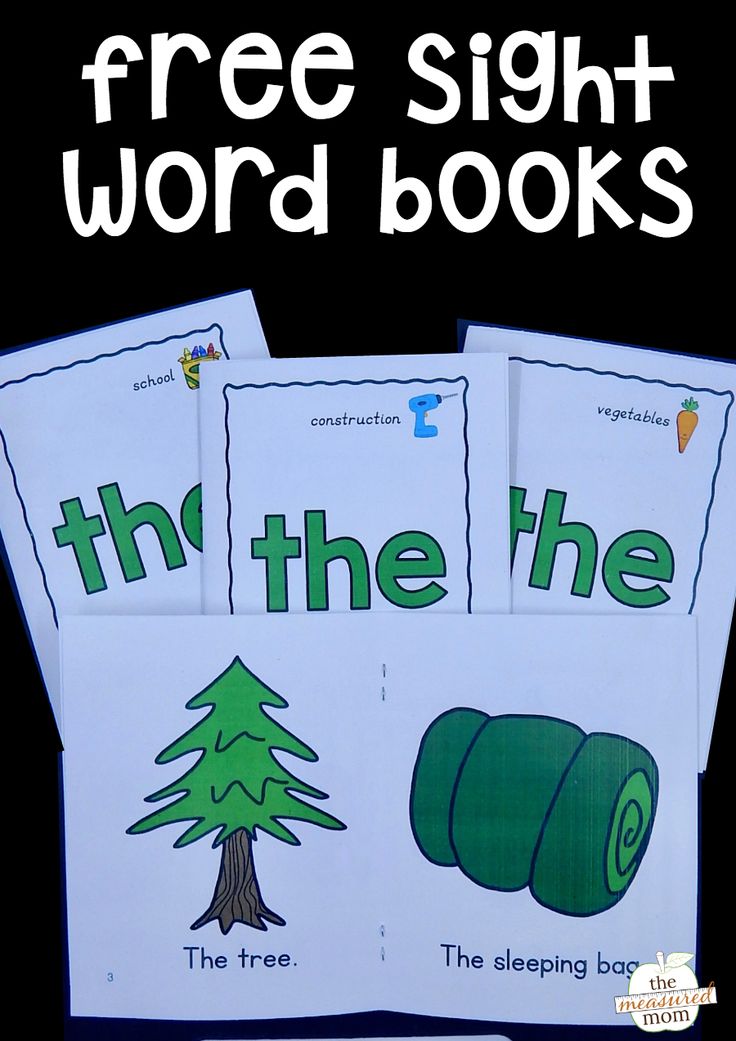 Read our article about what education options are available for blind and visually impaired children in Russia. nine0004
Read our article about what education options are available for blind and visually impaired children in Russia. nine0004
Tiflocommentary: a girl of about six is sitting on her knees in front of a round table and dipping a brush into the paint with her left hand. She has long dark hair, a striped black and white dress, a white blouse and white socks. Glasses on the eyes. The girl smiles widely. In the background, with their backs to her, two boys in multi-colored T-shirts are sitting in front of easels and drawing. The room is bright and filled with toys.
Preschool education
There are specialized kindergartens for preschool children with visual impairments, as well as kindergartens of compensatory and combined types. nine0004
Compensatory kindergartens train children who, for various reasons, experience difficulties in mastering general education programs. There are groups for children with hearing impairments, diseases of the musculoskeletal system, speech disorders, psychological illnesses: increased excitability, irritability, nervousness, as well as children with visual impairments.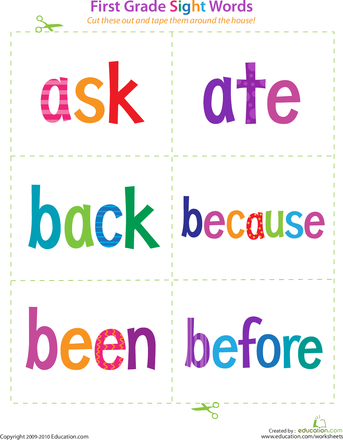 In such kindergartens, the most comfortable conditions for teaching children with special needs have been created: speech therapists, psychologists, masseurs, therapists, physical therapy trainers and other specialists work there. nine0004
In such kindergartens, the most comfortable conditions for teaching children with special needs have been created: speech therapists, psychologists, masseurs, therapists, physical therapy trainers and other specialists work there. nine0004
Combined Kindergartens are an opportunity for children with visual impairments to study alongside children without disabilities, while receiving sufficient attention from teachers. In such kindergartens, along with general education groups, groups with a special specialization have been created, for example, compensating for children with visual impairments.
In specialized kindergartens, children are taught according to a special correctional program. In addition, typhlopsychologists, speech therapists and typhlopedagogues work with children. There are also classes for visually impaired children on the devices. nine0004
Tiflocommentary: in the photograph, flooded with sunlight, a girl walks with her back to us, holding the hand of a woman in a striped T-shirt and jeans.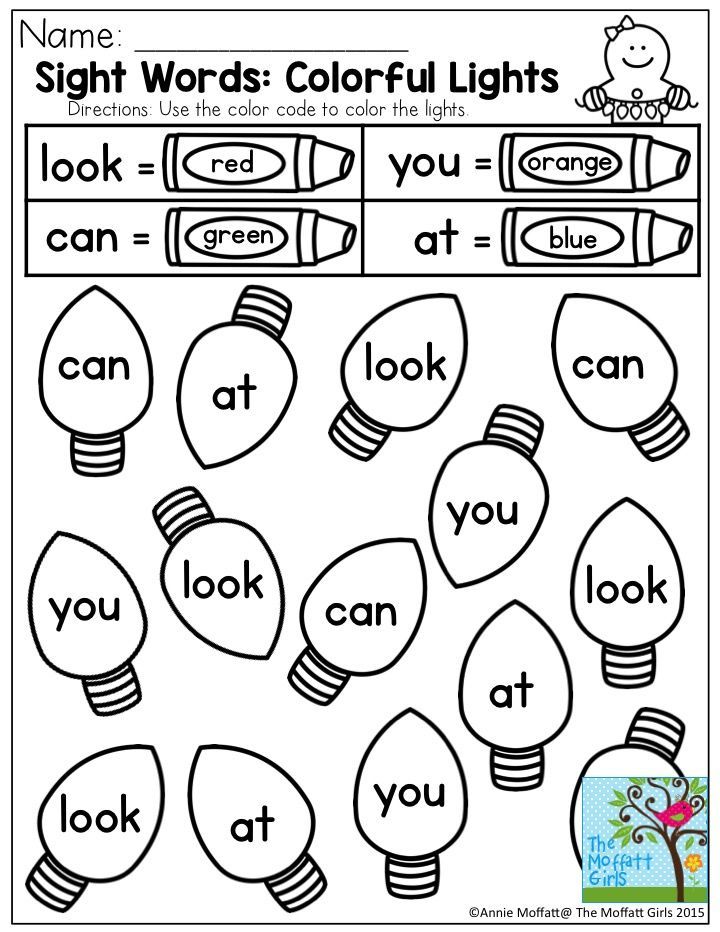 The girl has blond hair, put in a high ponytail and braided in a pigtail. She wears a turquoise T-shirt and a blue backpack. Glasses on the eyes. She smiles mischievously as she turns to the woman.
The girl has blond hair, put in a high ponytail and braided in a pigtail. She wears a turquoise T-shirt and a blue backpack. Glasses on the eyes. She smiles mischievously as she turns to the woman.
Schools
As for schools, visually impaired children also have the opportunity to study in special institutions: boarding schools and correctional schools of III-IV type - and inclusive: Waldorf and schools of integrated education. nine0004
“In different cities of Russia there are boarding schools and correctional schools for blind and visually impaired children: in Moscow, St. Petersburg, Ryazan, Nizhny Novgorod, Vladimir and others. As a rule, the visually impaired and the totally blind study in different educational institutions: separate boarding schools for the visually impaired and separate boarding schools for the blind. This is more productive, since the teaching methods are different,” says Victoria Polukarova, a social work specialist at boarding school No. 1 for the education and rehabilitation of the blind.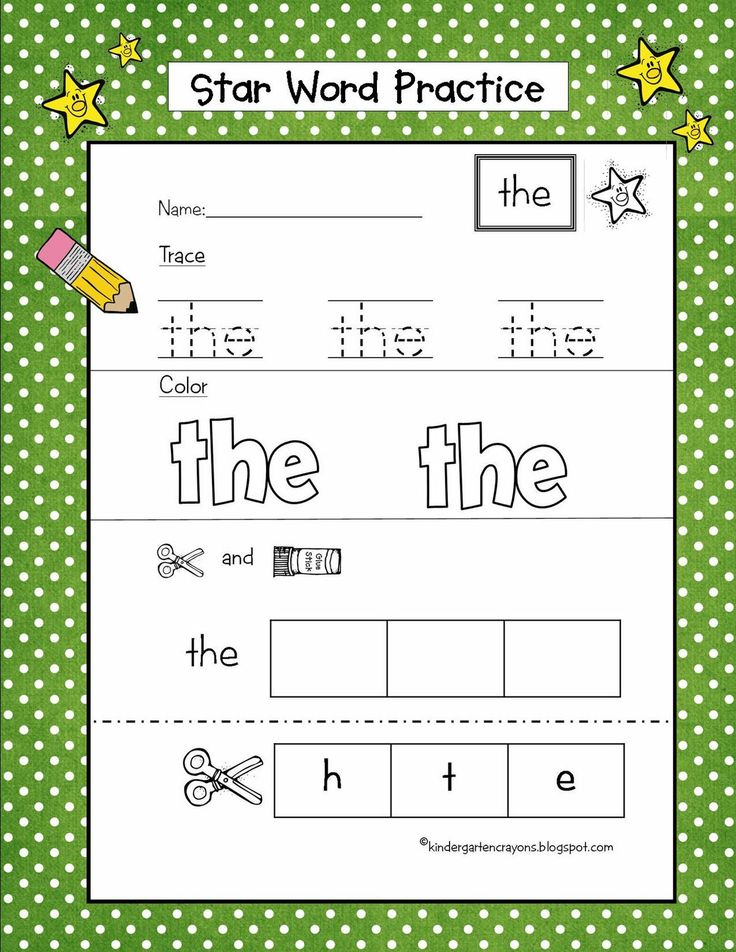 nine0004
nine0004
For example, in correctional schools of the III-IV type, special forms and methods of work, original textbooks and manuals, typhlotechnics are used in the organization of the educational process: the educational program is changed here in accordance with the needs of students, and fewer children study in classes than in general education schools. A big plus is that in such educational institutions they are attentive to the creation of appropriate sanitary and hygienic conditions for teaching blind and visually impaired children. In addition, teachers comprehensively prepare students for life in society. In specialized schools, as well as boarding schools, education lasts 12 years, as in elementary school, children spend five classes because of the study of Braille. nine0004
There is also an option for visually impaired and blind children to receive education at home: in this case, the children can study according to an individual program, observing a learning rhythm that is comfortable for them.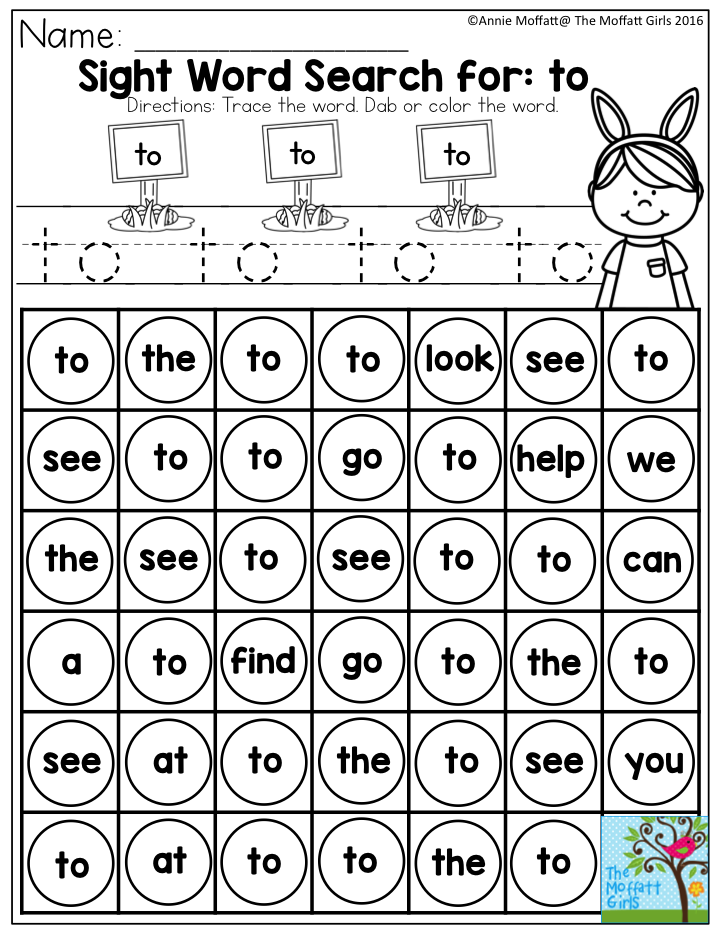
“Children with different causes of blindness study at our school. Late blind children came to our school, including those in the senior classes. In this case, they needed additional Braille lessons, as well as help in learning to navigate in space. But in most cases, the children were able to adapt and continue their education, - says Victoria Polukarova. - Also, it is recommended to go to a school where Braille is taught to children who are visually impaired, but with a poor prognosis for vision, since with such training there is no strain on the eyes. If the child is visually impaired, but with a good residual vision, then education in a boarding school for the visually impaired will be more productive.” nine0004
Tiflocommentary: A blond-haired boy of about four wearing glasses, a white T-shirt, burgundy jeans, and with a blue briefcase behind his shoulders, raises his right thumb up and smiles.
According to Candidate of Psychological Sciences, Associate Professor of the Department of Theory and Methods of Adaptive Physical Education, Novosibirsk State University.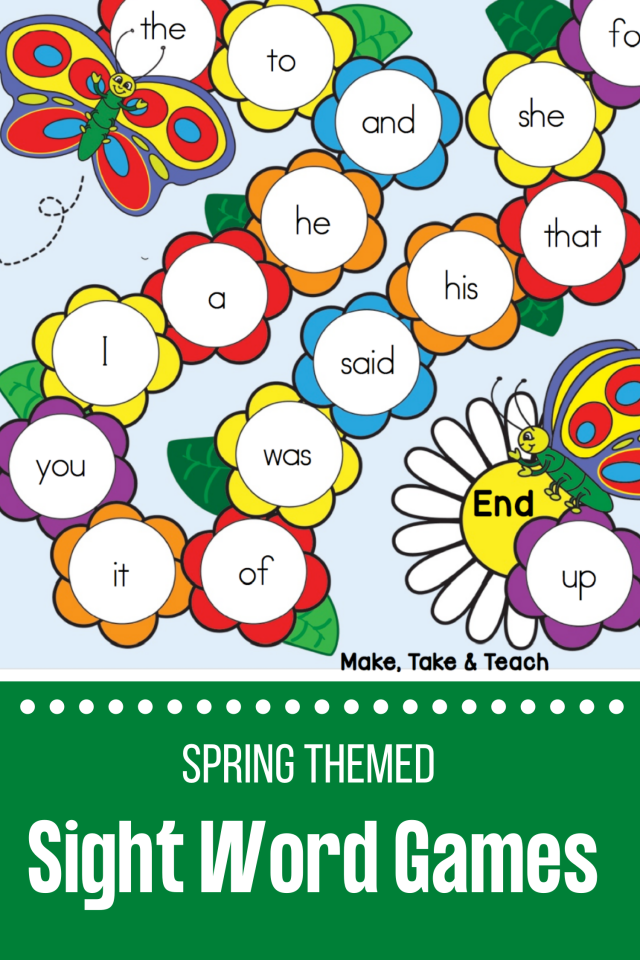 P.F. Lesgaft and Ksenia Nikolaeva, an employee of the Charitable Foundation for the Support of the Deaf and Blind “Connection” Ksenia Nikolaeva, are now opening district leisure and social rehabilitation centers for children with special needs, including those with visual impairments, in almost every city. “In them, parents and children can get expert advice and sign up for developmental classes. We should not forget about inclusive educational institutions, which cover an increasing number of regions,” she adds. nine0004
P.F. Lesgaft and Ksenia Nikolaeva, an employee of the Charitable Foundation for the Support of the Deaf and Blind “Connection” Ksenia Nikolaeva, are now opening district leisure and social rehabilitation centers for children with special needs, including those with visual impairments, in almost every city. “In them, parents and children can get expert advice and sign up for developmental classes. We should not forget about inclusive educational institutions, which cover an increasing number of regions,” she adds. nine0004
Inclusive education is the case when children, regardless of the presence or absence of developmental disabilities, learn together. Thus, the child is socialized and receives the skills of an independent life in society.
In addition to general education institutions with inclusive classes, there are also Waldorf schools. They differ in that the emphasis here is not on the development of academic knowledge, but on the creative abilities of the child. Students in such schools are not graded, so, according to teachers, children do not have a competitive spirit, and there is no division into leaders and laggards in the classes - all children feel like a single team. nine0004
nine0004
Audio comment: A young woman in a white blouse and glasses and a girl in a pink T-shirt are sitting at a table. A woman guides her child's hands over a book printed in Braille. The girl has her eyes closed.
According to Victoria Polukarova, despite the development of inclusive education in Russia, it is not quite suitable for students with visual impairments. “Methods of teaching a blind child (verbal method, the use of tactile and tactile sensations, the “hand in hand” method, etc.) require constant interaction between the teacher and the student, as well as spending more time explaining new material. In inclusive classes, compliance with these conditions is difficult, including due to the greater class size. At a minimum, a tutor is needed for every child with vision problems, which is not always possible. The different pace of work, primarily due to the use of Braille, complicates the quality implementation of the full lesson plan. We believe that in the case of blind children, inclusion is good in the second half of the day: extracurricular activities, additional education, competitions, festivals - when children with disabilities can freely interact with healthy children, socialize and adapt in society without compromising their educational activities,” she explains.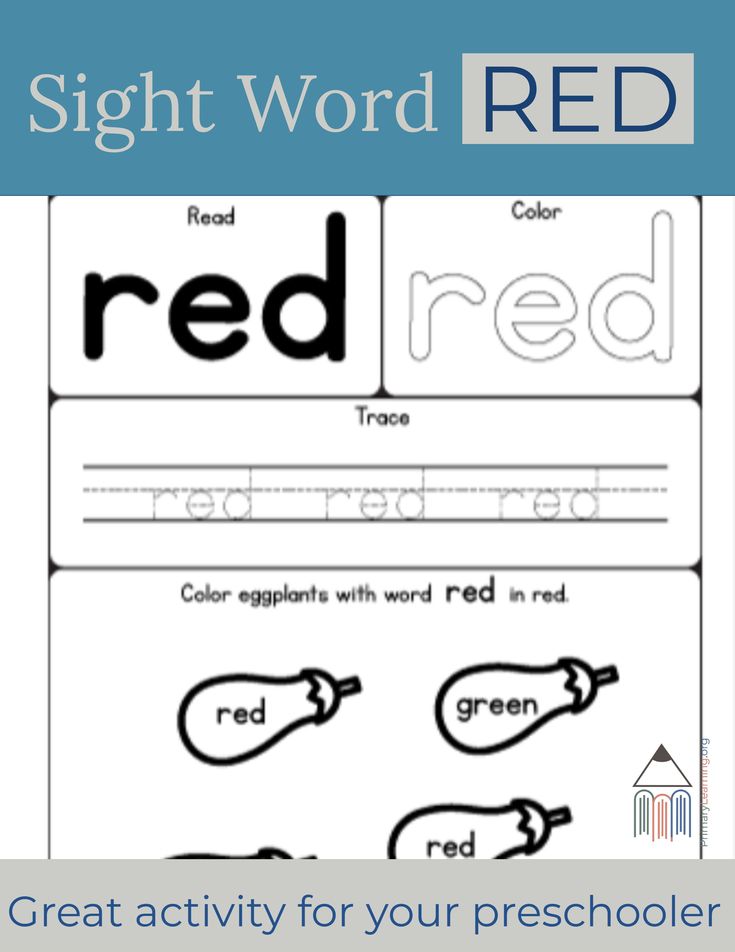 nine0004
nine0004
Ksenia Nikolaeva also believes that inclusive classes are not suitable for every child. “It is not enough to open an inclusive class or group - it is important that a specialist with the necessary knowledge, skills and abilities in the field of special pedagogy and psychology work in it. Society must be ready to accept this system not only on paper, but also in real life, with its concrete examples. Everything in life must be approached without excesses, holding on to the golden mean and sound reasoning. I am of the opinion that not every family where a child with special needs grows up should strive to study in an inclusive class,” notes Ksenia. nine0004
There is no definite answer to the question of which educational institution is best suited for a child with visual impairment. “Each child is unique. Which institution is more suitable for a particular child can be advised by a special medical-psychological-pedagogical commission, but the final decision rests with the child's parents,” says Ksenia Nikolaeva.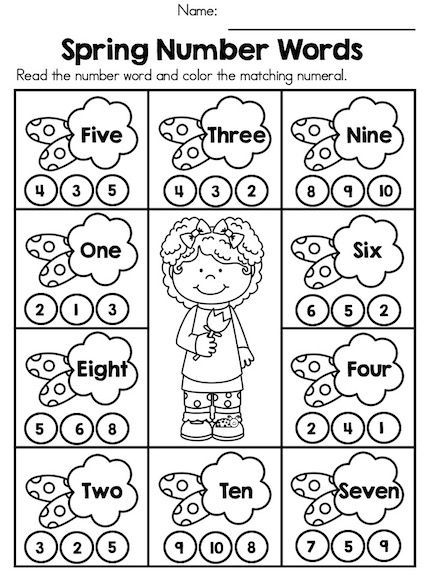
According to her, when choosing a kindergarten or school, first of all, you should pay attention to the presence of a highly qualified, friendly and motivated team of specialists. “The collaborative work of the staff, employees and parents, built on mutual respect and joint problem solving, can bring the highest results,” Ksenia believes. nine0004
Teaching children with visual impairments
Correction- 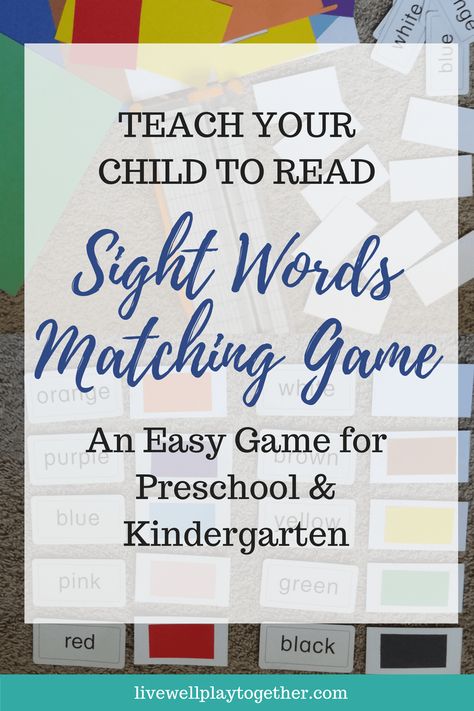 In the development of the basic processes of cognition and thinking play a compensatory role practical exercises during which children compare real perceived objects with their existing representations. nine0063
In the development of the basic processes of cognition and thinking play a compensatory role practical exercises during which children compare real perceived objects with their existing representations. nine0063
Training actions, methods of their implementation is achieved only in conditions of communication in which movements of a blind child are corrected word. The blind have tactile perception material, fixing images in memory and operating them requires not only increase in time for practical solutions, but also earlier special training - teaching children the skills of educational work
For development of visual perception in children with residual vision are used colorful paintings and 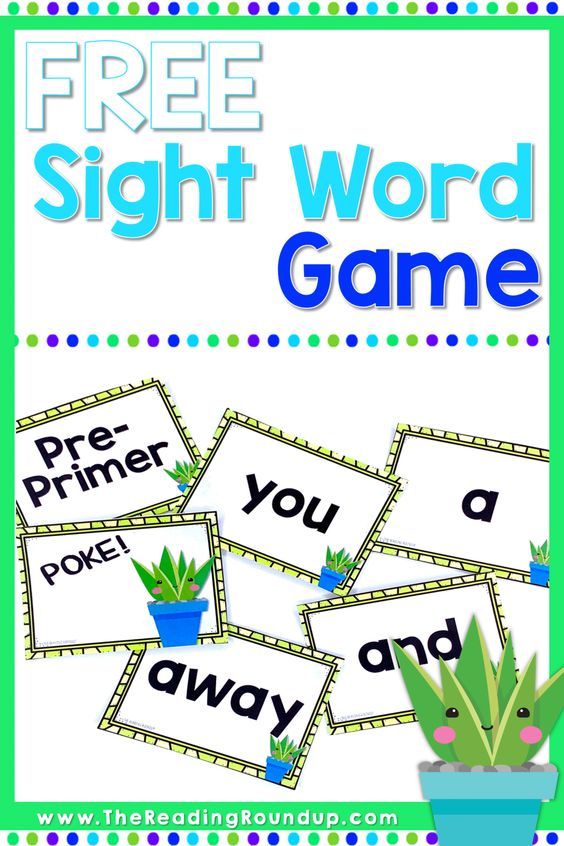 04). In the memory of such children from the age of 3-4 years persist (sometimes for throughout life) visual images of the environment world, and in connection with this, the volume of representations they are much broader and richer than blind from birth. Visual memory helps to recreate the image of the object or phenomena by verbal description, for what the teacher uses bright, figurative expressions. Communication of visual representations with speech contributes to more effective acquisition of knowledge and skills by children. residual vision helps children perceive light and color signs, navigate in space. nine0063
04). In the memory of such children from the age of 3-4 years persist (sometimes for throughout life) visual images of the environment world, and in connection with this, the volume of representations they are much broader and richer than blind from birth. Visual memory helps to recreate the image of the object or phenomena by verbal description, for what the teacher uses bright, figurative expressions. Communication of visual representations with speech contributes to more effective acquisition of knowledge and skills by children. residual vision helps children perceive light and color signs, navigate in space. nine0063
However main new means of cognition hearing and touch become. Children should re-learn 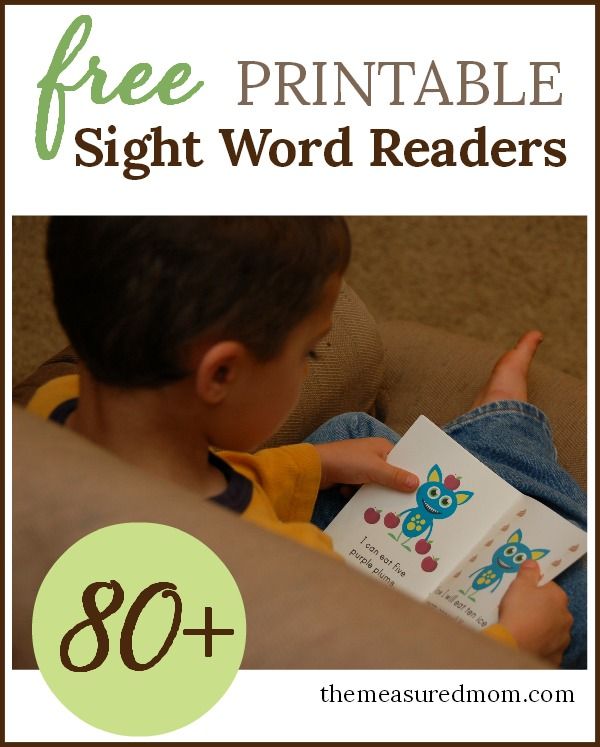 For preschoolers there are special kindergartens; children who are blind at school age, sent for training to schools for blind children. visually impaired children - children suffering from a significant decrease visual acuity (from 0.05 to 0.2 on a better seeing eye with optical correction) or disorders peripheral vision. visual perception with low vision is characterized by inaccuracy, fragmentation, slowness, greatly impoverishes sensory experience such children, prevents them from learning the surrounding world. Training and education visually impaired children is carried out in special preschool institutions and schools for children with visual impairments. nine0063
For preschoolers there are special kindergartens; children who are blind at school age, sent for training to schools for blind children. visually impaired children - children suffering from a significant decrease visual acuity (from 0.05 to 0.2 on a better seeing eye with optical correction) or disorders peripheral vision. visual perception with low vision is characterized by inaccuracy, fragmentation, slowness, greatly impoverishes sensory experience such children, prevents them from learning the surrounding world. Training and education visually impaired children is carried out in special preschool institutions and schools for children with visual impairments. nine0063
Pedagogical the process is built taking into account the possibilities these children and their idiosyncrasies. At this requires compliance with special pedagogical and hygienic requirements: rational distribution of training sessions, ensuring an appropriate level illumination, the use of corrective and typhlotechnical means, organization special classes for the correction of deviations in psychological development.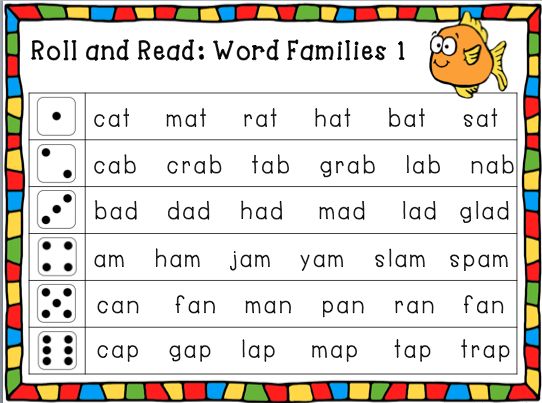
Formation spatial representations children 3-4 years old with visual impairment is an important task for parents and a kindergarten teacher. Adaptation child to the outside world should occur at an early stage of development, the sooner the child can master the methods spatial orientation, the easier he will be taught further skills. nine0002
List used literature
1. Volkova L.S. Revealing and correction of speech disorders in the blind and visually impaired children. - L., 1982. - 186 p.
2. Training issues and education of the blind and visually impaired: Sat. scientific Proceedings / Ed. A.G. Litvak. - L., 1981. - 122 p.
3. Education of the blind preschool children in the family / Scientific editor Assoc. V. A. Feoktistova. - M.: Logos, nineteen93. - 78 p.
4. Grigoryeva G.V. Features of possession of non-verbal means communication with preschoolers with disabilities vision // Defectology.

